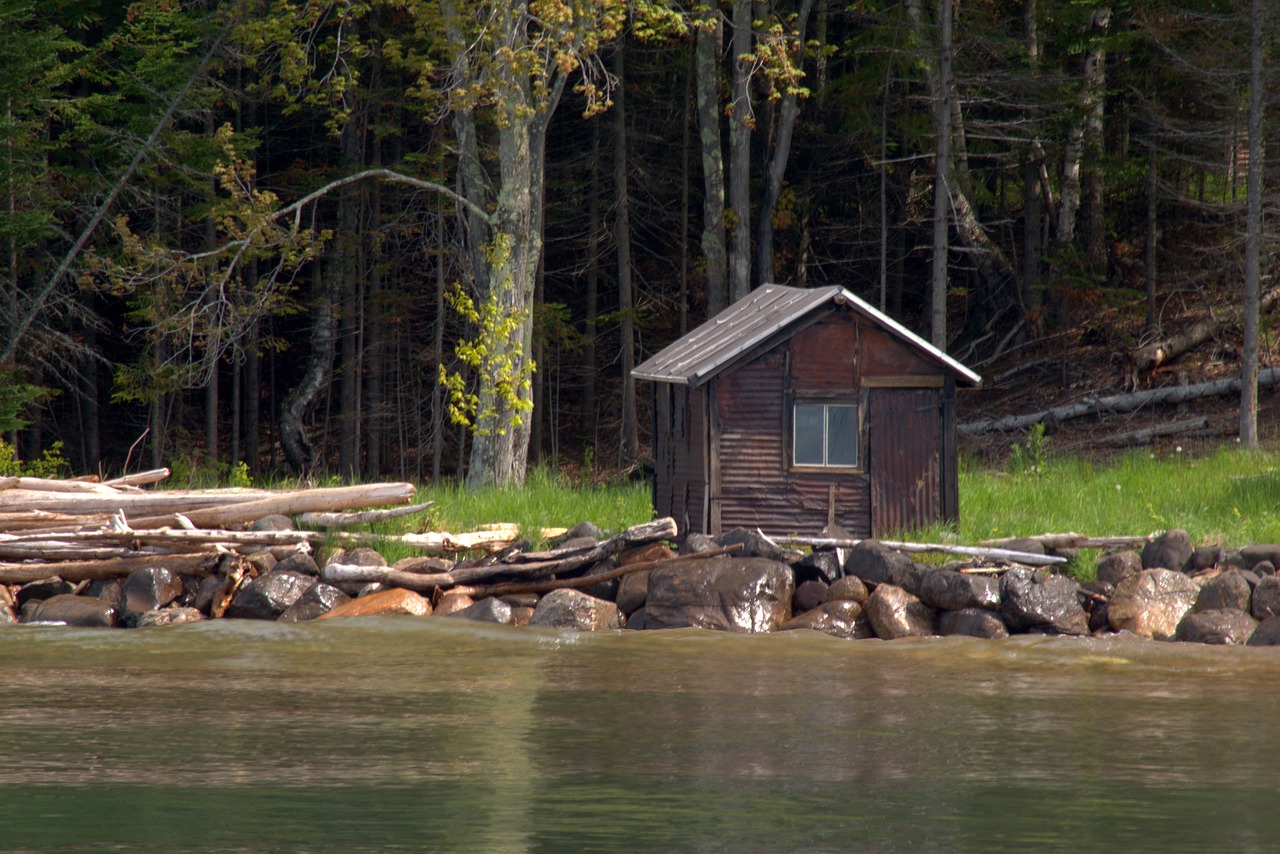The Off the Grid Living Food Guide
If you’re interested in learning more about the best types of food sources for successful off the grid living, as well as the most beneficial techniques for growing, catching, or collecting them, you’ve come to the right place.
Like most people, you have probably heard of off the grid living. A personalized and self-sustained system of living entirely independently, completely disconnected from the “grid” of superstores, utility companies and the other so-called conveniences of modern society.
Off-the-grid living is a lifestyle more and more people are turning to each year. Currently, over 1.7 billion people around the world are living off-the-grid. In the United States alone there are over a quarter of a million people living off-grid.
There are many essentials to successfully make the transition from living in society to real off-the-grid living. Among them are money, land, shelter, energy, water, and food. A clean water source and a stable food source are the most crucial.
Of these two, water is the easier fix. Purchasing off-grid property with a stream, or drilling a well for a few thousand dollars, are the most common strategies. Food, however, is not such a simple issue to solve.
Unless you plan to live semi-off-grid and purchase bulk food from supermarkets several times a year, you’re going to need to master the three main strategies of attaining food off-the-grid: farming, fishing, and hunting.
Fishing
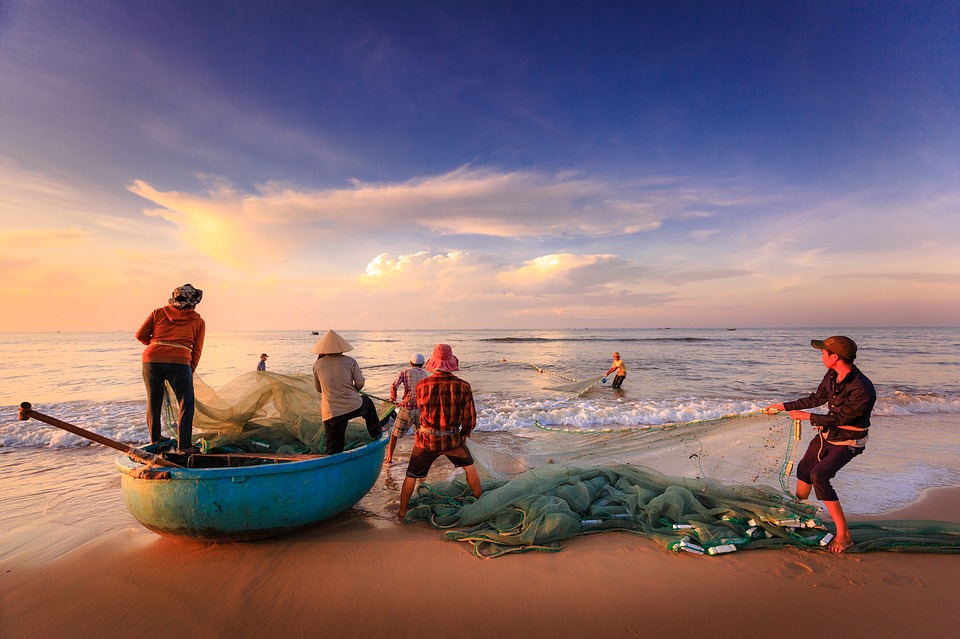
Fish is an extremely easy to harvest resource for off-the-grid food. Hence, fishing is one of the most practiced food procuring activities of those who live off-grid all around the world. Out of all the possible off-grid foods, fish are among the most beneficial. Not only is fishing a bountiful source of food, but they are also full of healthy vitamins and minerals such as omega-3 fatty acids and calcium. Eating fish two to three times a week is highly beneficial for a healthy heart, regardless of living on or off the grid.
Unlike folks who are reliant on the many supermarkets and grocery stores stretching across the grid, people living off-the-grid must rely on themselves to regularly catch their supply of fish. Natural bodies of water like lakes, streams, and coastlines are the most fished areas by those who live off-grid. However, human-made ponds stocked with such favorite fish as bluegill and bass are sources of food as well.
What is Subsistence or Artisanal Fishing?
Artisanal fishing, sometimes also known as subsistence fishing, is the practice of small-scale fishing using minimal gear. Have you ever been fishing for pleasure, or for food, without the use of a big boat and expensive equipment? If so, you’ve partaken in artisanal fishing. Fishing off-the-grid for food falls into the category of subsistence/artisanal fishing.
The Difference between Artisanal & Industrial Fishing
Artisanal fishing is the absolute opposite of industrial or commercial fishing. Industrial fishing takes place out in the ocean on multi-million dollar ships that have the latest technology. Large crews operate these ships with the priority of netting massive catches. The fish they catch are for commercial profit.
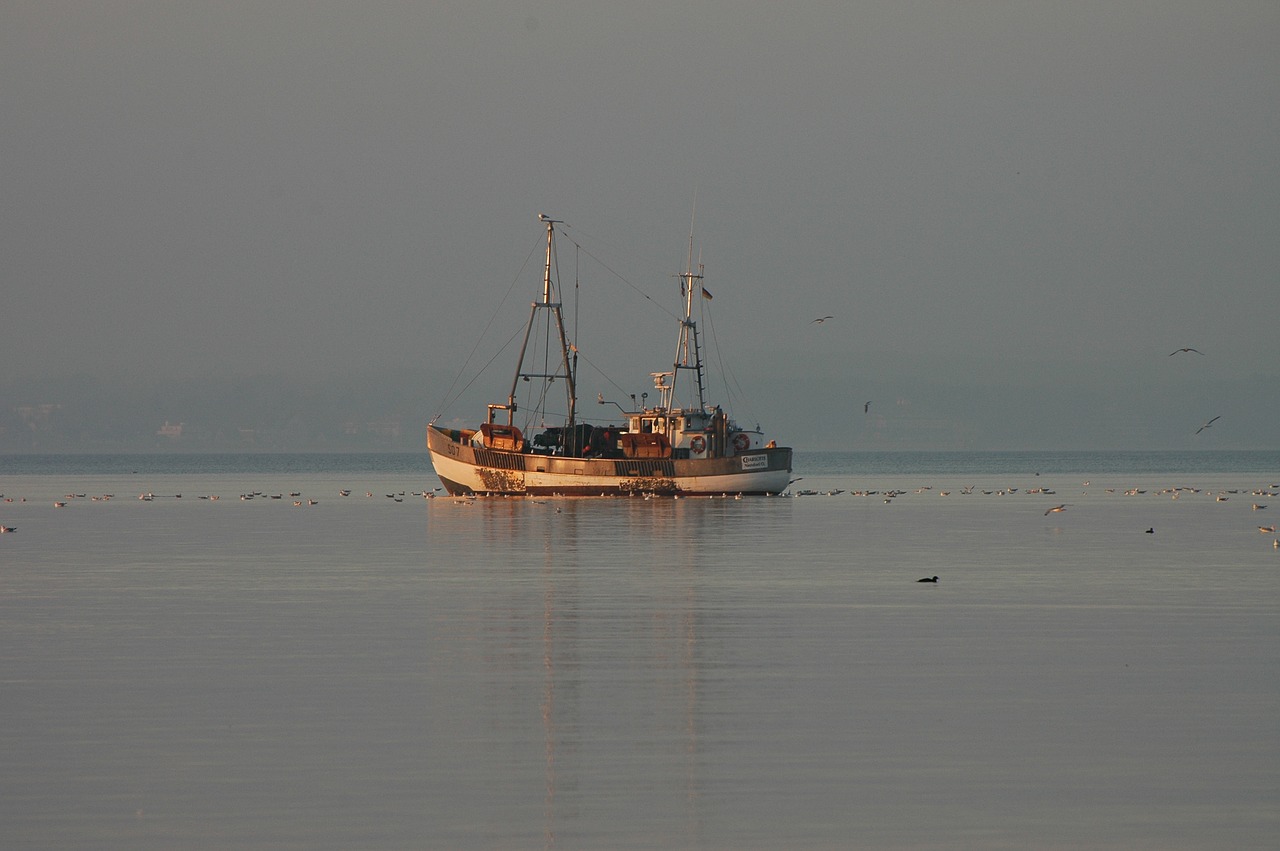
People who live off-grid and practice artisanal fishing are working on a much smaller scale. Unlike than their industrial counterparts. They are angling strictly to feed themselves and their families or communities. There is no economic profit in artisanal fishing, which is indeed the definition of fishing for subsistence. The reward is that of a full stomach and an extra meal for later if appropriately preserved.
Practices & Techniques of Artisanal Fishing
The methods involved in practicing artisanal fishing are incredibly versatile and were developed by humans all around the world over countless centuries. The equipment used in small-scale and subsistence fishing includes everything from rods and reels to nets, spears, small boats, canoes, traps, and pots.
Hook & Tackle
One of the most popular ways of catching fish off-the-grid, hook and tackle consists of placing some bait, whether live and organic or human-made, on a hook and attaching it to a line. You then toss the line, hook, and bait out into the water. When a fish takes the bait, the person fishing jerks on the line and sets the hook into the fishes mouth. The angler then pulls the line, and fish, out of the water by hand. With more modern equipment the rod has a reel, and when the fish bites on the tackle, the fisherman jerks the rod to set the hook and then cranks on the reel to retrieve the line and fish from the water.
Purse Seining
The purse seining method requires at least two participants. The fishers either wade out into the water, or paddle out in a boat, and spread a net (also known as a seine) out between themselves. The objective is to trap a school or fish and then pass a rope through rings in the bottom of the net and close it up, creating a purse full of fish. Purse seining is an excellent method for catching small schools of fish which can, in turn, serve as bait for catching much larger fish. Seining in streams and rivers by foot is a common practice to achieve these ends.
Gill Nets
A gill net, or vertical shaped net, is similar to a seine. It is stretched out between two fishers, or two small boats or canoes, and the fish in the middle are caught up in the net when it is pulled in by the anglers. The gill net method can be used along the bottom of bodies of water as well as at mid-water depths. As with purse seining, smaller gill nets can also be used in rivers and small streams to secure bait for catching larger fish.
Longline
The longline method is pretty simple. It involves a long line with several baited hooks attached to it. The longline may involve smaller fish on hooks, or manufactured lures designed to attract the attention of fish. The line is then thrown overboard from a canoe or small boat and dragged through the water behind the fishers until many fish land on the baited hooks. The line is then pulled from the water, emptied of fish, re-baited, and returned to the water.
Dredging
This method is mainly applied in the ocean, though may work in larger bodies of waters such as lakes as well. A dredge or heavy-duty net drags along the bottom of the water. Typically, dredging is a successful method for collecting bottom-feeding fish and other types of marine food such as oysters and scallops. However, dredging is a known method that causes bycatching. That is, it is linked to catching out-of-season fish, immature fish, the wrong sex of fish, or otherwise protected fish.
Traps & Pots
In this method, fishermen use various shapes and sizes of traps and pots. Anglers commonly place these traps and pots, which are cage-like devices, on the bottom of the ocean floor to capture lobsters and crabs. However, you can catch several species of fish with this method as well. Traps and pots are also beneficial in smaller bodies of water such as lakes and ponds, as well as rivers and streams.
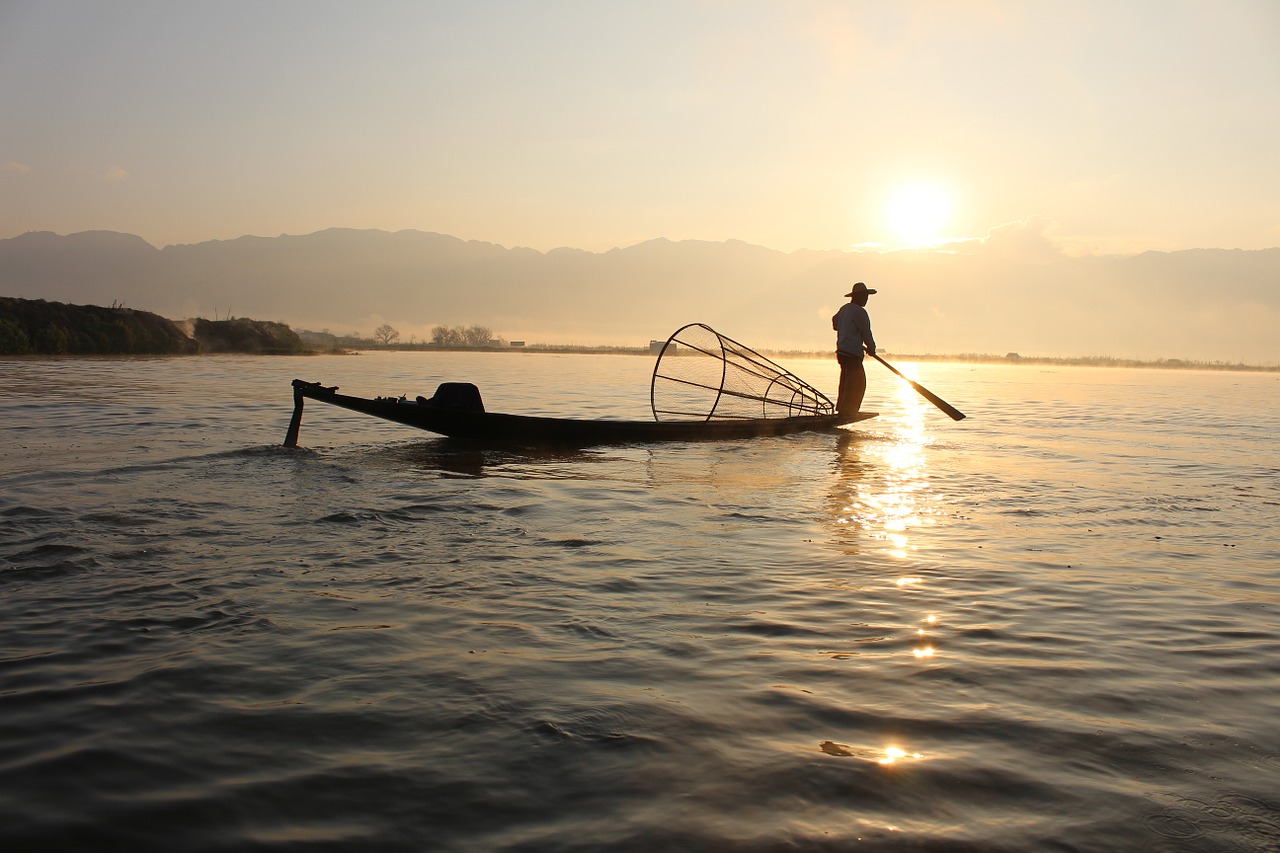
Land Fishing (Spearfishing)
One of the oldest methods of fishing on the planet is land fishing, also known as spearfishing, which has been practiced by indigenous people for centuries. The definition is self-explanatory. Fishers stand firmly on the land, whether on the shoreline, or rocks jutting up out of the water further away from the shore, and wait patiently to spear fish that swim by them.
Environmental & Other Concerns
Artisanal and subsistence fishing is no doubt more natural than fishing for commercial profit. However, even though this is a good alternative to industrial fisheries, as with any practice that involves harvesting Earth’s natural resources, there are still several concerns related to these practices.
Pros
Artisanal fishing is a significant source of income for local communities all around the world. Subsistence and small-scale fishing activities promote cultural protection, economic sustainability and respect for the native biodiversity of local regions. It also encourages local fishing knowledge. In this way, it helps to cut back on bycatching and better manage local resources.
Cons
On the flipside, there are several drawbacks attached to artisanal and subsistence fishing. These include overfishing of areas due to direct competition with industrial fishers and environmental destruction caused by continuous dredging. While “subsistence fishing” is largely unregulated, that law applies to Alaskan Natives at a federal level, though states’ laws vary. All other forms of fishing, including artisanal fishing, are generally regulated in every state. You should be aware of local licensure you may need as well as legal limits for fish species. Failure to do so may result in fines or the loss of fishing privileges.
Farming
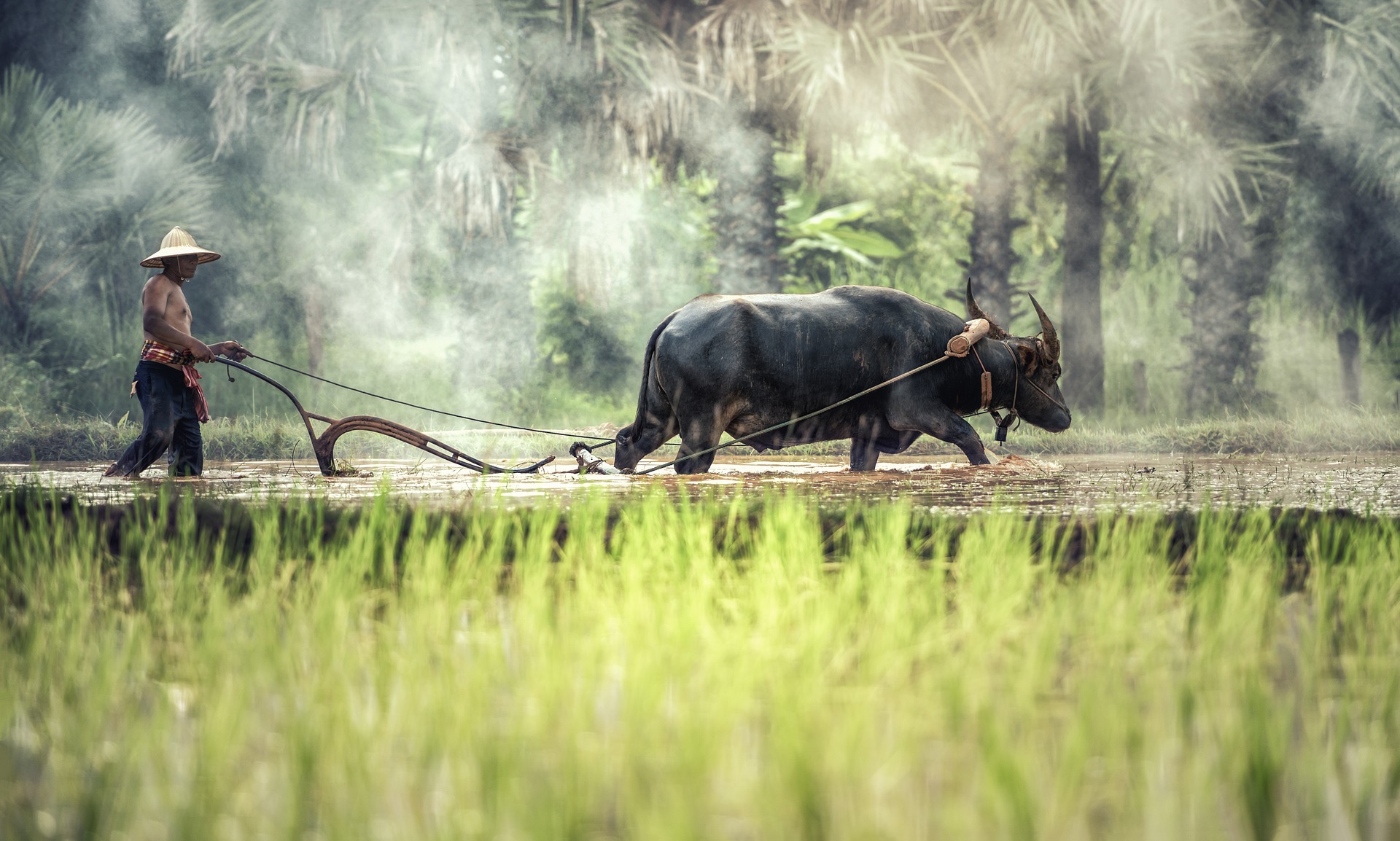
Subsistence farming is hands down the most common method for securing enough food to survive off-the-grid. Regardless of supplementing your primary food source by hunting and fishing, agriculture is the sure way to obtain the much-needed staples. Crops such as fruits, vegetables, nuts, and grains will help get you and your family through the winter.
What is Subsistence Farming
Subsistence farming is the act of farming to create a food source strictly for you and your family or off-the-grid community. There is no commercial value for these crops or livestock as they are the primary food that those who live off-the-grid survive on all year round. Subsistence farming includes everything from growing grains for bread to raising cows for milk and cheese.
How Does it Differ From Industrial Agriculture?
Unlike industrial farming, subsistence farming revolves around much smaller scale crops and herds of livestock. Whereas industrial agriculture is typically one species planted in many rows that stretch across thousands of acres, subsistence farming takes place in spaces as small as a quarter acre. Ordinarily, well-developed plots and patches of various species of plants spread around an off-grid property as well as small outbuildings with pens for a handful of animals.
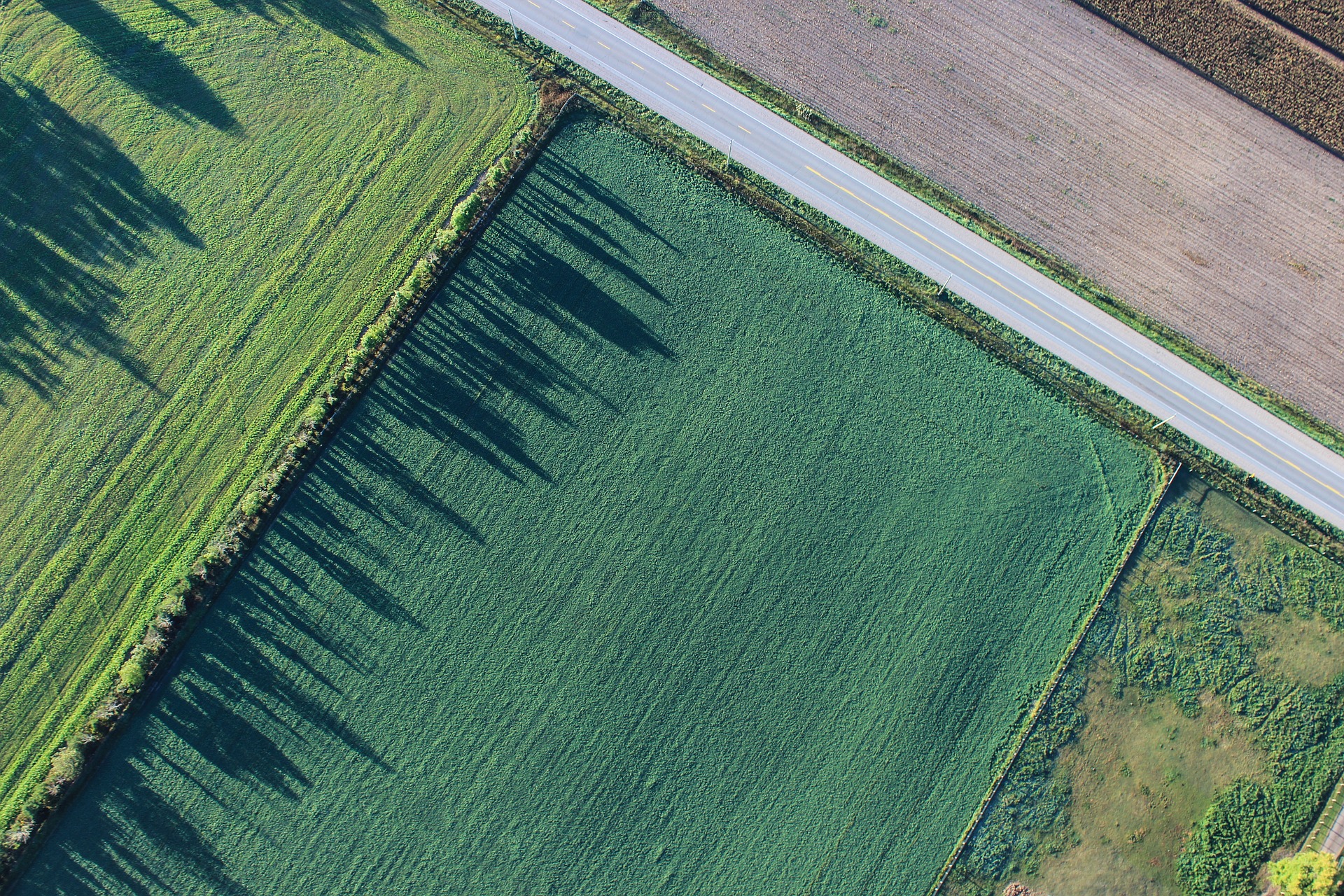
Practices & Techniques
Common subsistence farming techniques and methods are rich with diversity. Unlike the industrial techniques involving millions of dollars worth of equipment, chemicals, and employees with growing commercial crops, subsistence farming entails a much more personal approach.
Shift Farming
This favorite off-the-grid farming technique centers around cultivating a piece of land for a short period and then leaving it to rejuvenate itself. In other words, using a piece of land for maybe a season or two worth of growing crops, and then moving on to cultivate another wild piece of land while the initial plot returns to its natural state. This sort of farming allows one to maintain the same few parcels of land year after year without completely depleting the value of the soil.
Nomadic Herding
A much less common technique in North America, though not unheard of, is nomadic herding. This is a practice indigenous people use in areas of the world with sparse populations. The method itself consists of the shepherds migrating each year alongside their herds. This practice allows for the natural grasses of a region to replenish itself so that it can be grazed by the herd again at a later date. Typically nomadic herders will have several locations that they migrate back and forth to annually.
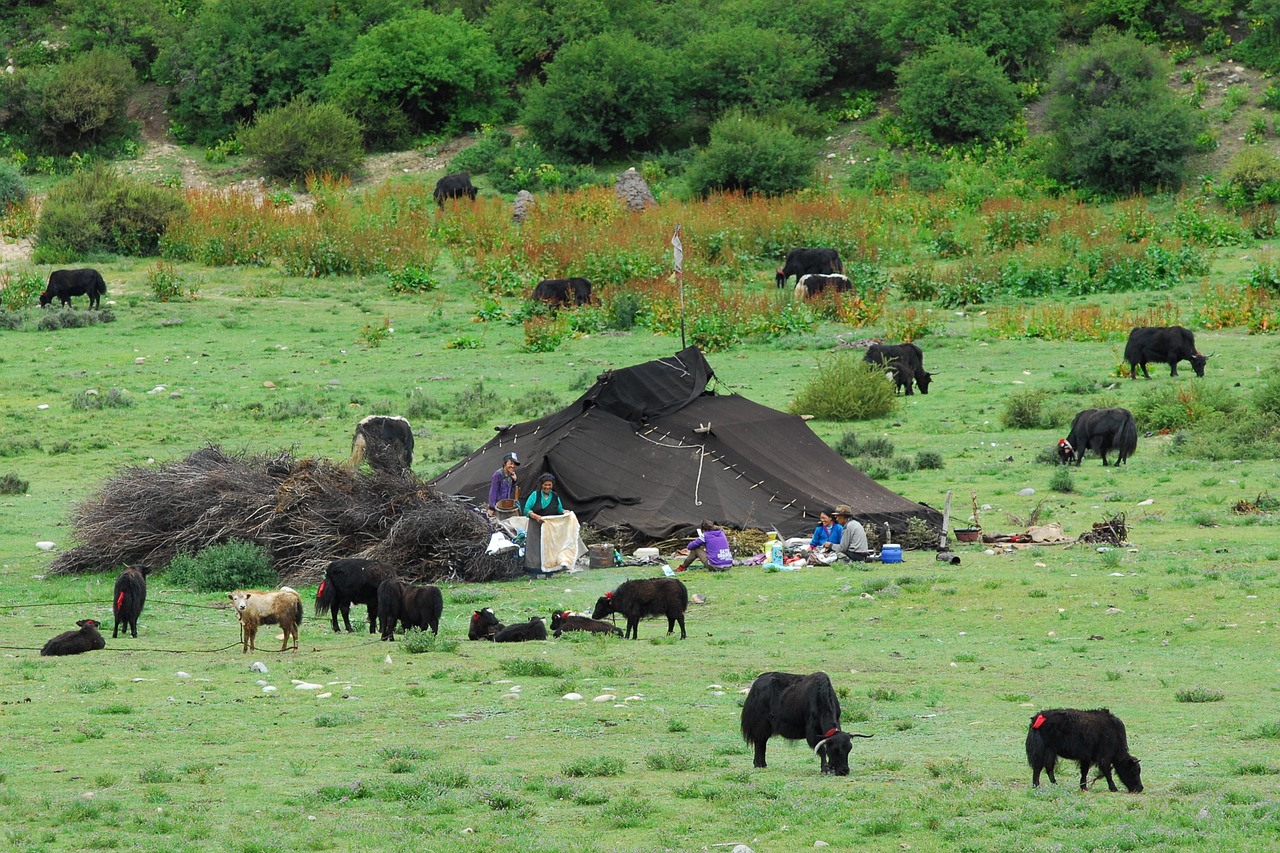
Primitive Farming
Perhaps the most commonly practiced type of farming employed by people living off-grid is primitive farming. Cultivating and farming on small plots of lands with primitive hand tools such as hoes, shovels and more. This sort of agriculture is somewhat reliant on the local climate and weather patterns to support the most mature and healthy crops possible. Crops grown this way include beans, tomatoes, potatoes, peppers, corn, melons, and much more.
Intensive Subsistence Farming
Intensive subsistence farming is a technique practiced by those living off-grid. It is a method to ensure the most beneficial crop yield possible from a small plot of land. This sort of agriculture is very similar to primitive farming. Practically identical in all honesty, aside from the fact that a much higher rate of manual labor, and sometimes extra money, go into it as well. Additionally, pesticides or small pieces of equipment such as gas-powered tillers and tractors may be used to get more done.
Environmental & Other Concerns
Farming is by far one of the most feasible self-sustainable food source solutions for a large number of families and individuals living off-the-grid. However, if not undertaken with a certain level of knowledge and skill, there are several factors which can be concerning.
Pros
Aside from the importance of food security, and a wealth of polyculture from grown crops and animal products, other advantages of subsistence farming include cultural knowledge of local regions, low levels of land usage and respect for the biodiversity of local resources.
Cons
The main drawbacks of off-grid subsistence farming include a low yield with no profit for the commercial market and the possible erosion of soil. Also, subsistence farming is subject to climate change as well as pests and disease if left uncontrolled.
Hunting
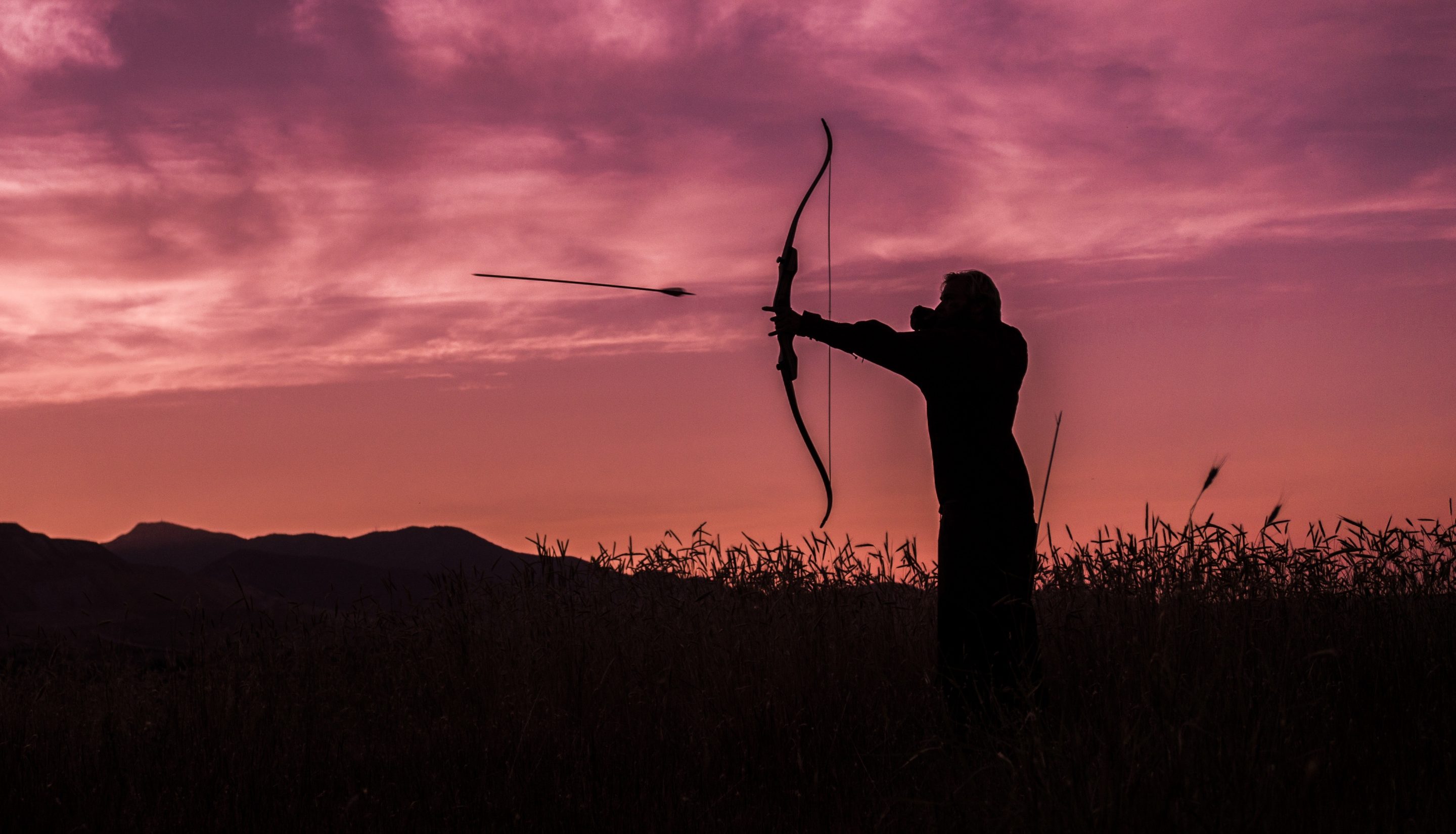
For outdoorsman around the world, hunting is a favorite pastime. However, it is much more than just a hobby and trophy sport of you live off-the-grid. It is a way of life and an essential food source that cannot go ignored off-the-grid.
Each year, after the fishing season is over and they harvest the crops, people living off-grid prepare to secure enough meat to supplement their food supply so they can get through the often harsh winters without being hungry.
Whether trapping fur in exchange for cash to buy additional supplies for the next year, or hunting deer, turkey, and rabbits strictly for food, hunting is one of the number one ways that those who live off-the grid can keep food on their tables even in the coldest years.
What is Subsistence Hunting?
The definition of subsistence hunting is the taking of wild game for the primary purpose of food. Unlike trophy or sports hunting, this sort of hunting is a regular part of off-grid life. Depending on where in the world you are, you may need a state or federal hunting license to tag and bag game.
Practices & Techniques
Just as with the many methods involved in artisanal subsistence fishing, and off-grid farming, there is a diverse range of versatile techniques used by those living off-grid to employ successful subsistence hunting practices. Some of these techniques have been practiced and perfected over the course of thousands of years.
Baiting
The method of baiting centers around placing a bait, usually an animal’s preferred food source, in a clearing or another location which allows for a clean and comfortable kill. This technique is highly controversial as it is not good sportsmanship, and is illegal in some states. However, if you are off-grid and hunting for subsistence versus a trophy, the method is more than reasonable.
Battue
This old-school method of hunting consists of hunters beating sticks or brush together in attempts to drive hidden game out of its cover and into the open. Once the game enters the open, it is easier to shoot or trap by an additional hunter(s) who is waiting with a gun or bow at the ready. This practice has been used for thousands of years by indigenous people around the globe.
Blind Hunting
The use of blinds is frequent in both subsistence and sports hunting. A blind is a sort of cover which allows the hunter to remain undetected in an area which is highly traveled by animals. Blinds can be wooden or made from material similar to that found in tents. They can be on the ground as well as on stilts. Usually, hunters place blinds deep in the woods near a crossroad of animal trails or at the edge of a property where the woods meet a field of crops.
Calling
Game calls are devices, typically operated orally much like a flute, which mimic the natural sounds that specific animals make. Many subsistence hunters rely on this technique to ensure better chances of a kill. On hearing the call, the targeted creature is lured towards the waiting hunters who are ready with guns or bows. Often, hunters who are hunting from blinds or tree stands use calls. Duck calls, rabbit calls, and deer calls are among the most common calls in subsistence hunting.
Driving
For this off-grid hunting practice, hunters travel on foot or horseback, as well as with packs of dogs, and drive animals from one location to another where more hunters are waiting with hunting weapons ready to take down the game as it appears. Because massive game, such as elk and moose are harder to bag in their naturally protective environment, hunters typically use this sort of hunting more often with large game.
Flushing
Flushing is a practice that hunters use to cause their prey to become nervous and, in confusion, leave their cover. Common flushing techniques include using dogs, noise, and excessive movement to scare hidden animals out of their safety. Popular breeds of dogs for flushing game include hounds, pointers, and retrievers. Birds are the number one sort of game most people hunt through flushing. However, you can hunt deer, rabbits, and numerous other kinds of animals this way as well.
Persistence Hunting
Persistence hunting, or endurance hunting, is a technique hunters use to wear down their prey. Being slower and less agile than their game, hunters use a mixture of running, walking, and even horseback riding, to stalk game to the point of exhaustion. Once fatigues sets in, the animal moves slower and starts to make mistakes, giving the subsistence hunter the advantage.
Stalking & Tracking
One of the oldest methods of subsistence hunting in the history of man is the tracking and stalking of game. Practiced for thousands of years in North America by Native Americans and indigenous hunters around the world, tracking and stalking game revolves around reading the prints, or tracks, left by animals and stalking after them. Skilled hunters will use the natural environment, such as trees and large rocks, to stay well hidden while hunting after their prey.
Trapping
The practice of trapping is one of the lowest level energy techniques for securing food off-grid. The hunter sets a trigger armed device, called a trap, in a remote location and returns to check it the following day. It is also one of the few practices that people living off-grid use for profit as well as for subsistence. Not only does trapping ensure food in the form of smaller animals, but it also provides fur which you can use to create clothing, blankets, and more, that you can sell commercially for a decent price.
Use of Dogs
Dogs have been man’s best friend for as long as we can remember. Early cultures relied on dogs for several crucial aspects of survival including hunting and transporting extra gear. Some people who live off-grid use dogs to help haul equipment and flush out birds or other small game. They also use them for protection against large animals such as bears and mountain lions. Pointers, retrievers, spaniels, hounds, and pitbulls are some of the best off-the-grid friends with four-legs that a hunter could ever want.

Environmental & Other Concerns
Hunting is almost a no-brainer for those who live off-grid as far as food sources go. However, as with any other self-sustaining subsistence practice, hunting has its pluses and minuses.
Pros
The primary advantages of off-grid subsistence hunting include a wealth of cultural and ecological knowledge of local regions as well as basic food security and nutrition. Also, proper hunting practices off-the-grid promote better economic stability.
Cons
Negative aspects of subsistence hunting off-the-grid include overhunting and night hunting occurring out of the eyes of law enforcement as well as poaching on federally managed lands in Alaska and the US. These acts may promote the transmission of disease and viruses. Also noteworthy is that climate change threatens the practice of subsistence hunting.
Not-So-Simple Life
As you might have guessed by now, off-the-grid living is not the carefree lifestyle that some might imagine. It’s way more complicated than the “simple life” that people seem to envision. However, it’s far more than a possible reality if it’s something that you’re seriously passionate about doing.
Securing sustainable food, aside from water and shelter, should be the highest priority if you live off-the-grid. If you plan on living entirely independently from society, there is no way around it. Proper fishing, hunting, and farming techniques are the most successful practices to do so.
So, if you plan on going off-the-grid any time soon, hopefully, you found some information in this article helpful. Let us know what you think in the comments below!
Written by Jordan Tyler Quinn Farkas. An American writer living abroad, and regular contributor to Conservation Institute. In addition to his love of writing, Jordan loves to go hiking in the nature trails where he lives and is slowly beginning to appreciate the game of soccer/football.

